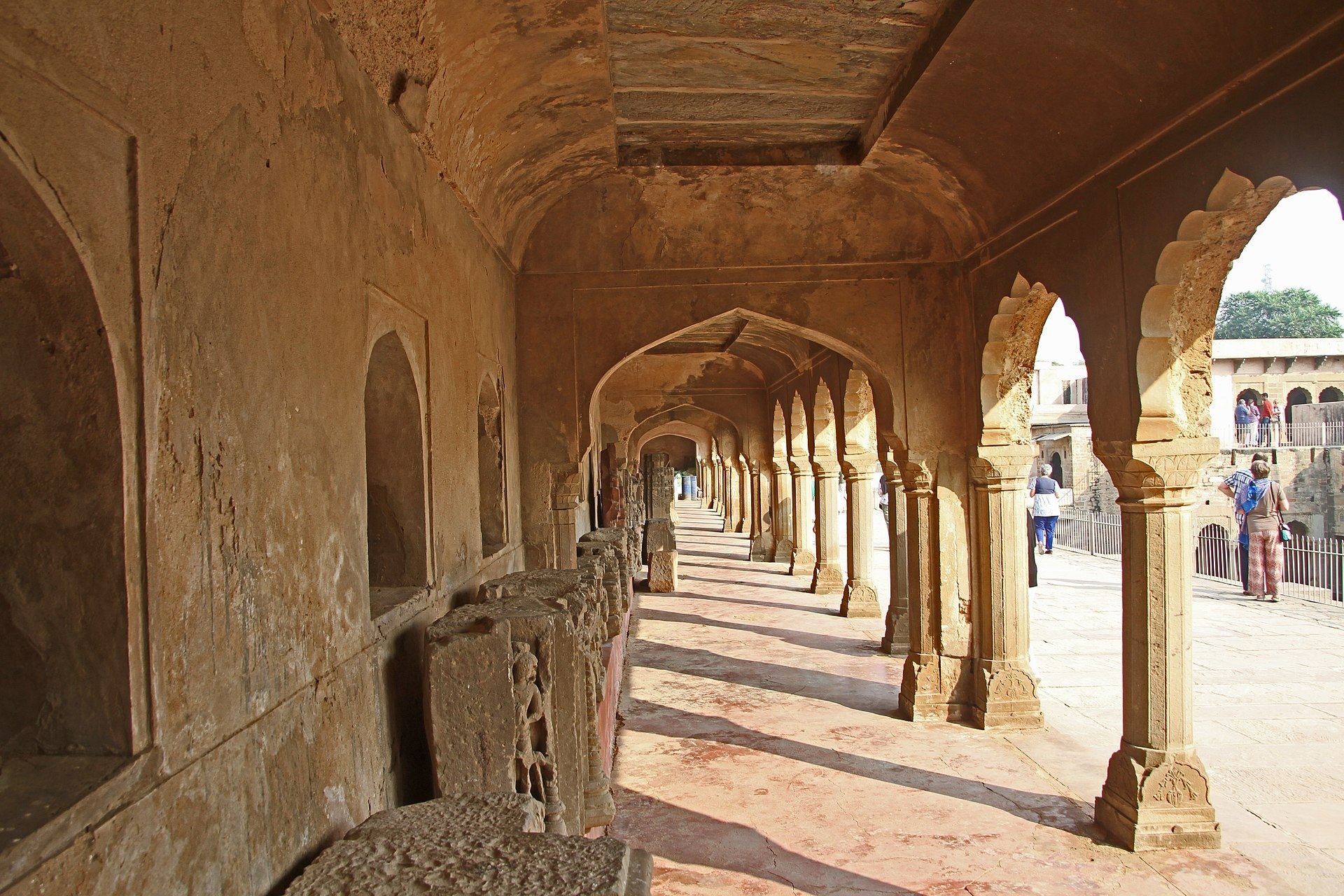Chand Baori: The Most Beautiful Stepwell In India
Chand Baori is a stunning stepwell located in the small village of Abhaneri in Rajasthan, India.
This ancient structure is one of the deepest and largest stepwells in India, extending approximately 30 meters (about 100 feet) into the ground.
It was built between the 8th and 9th centuries.
The stepwell features a fascinating upside-down pyramid design and has 3,500 narrow steps cascading down 13 stories to a large tank at the bottom.
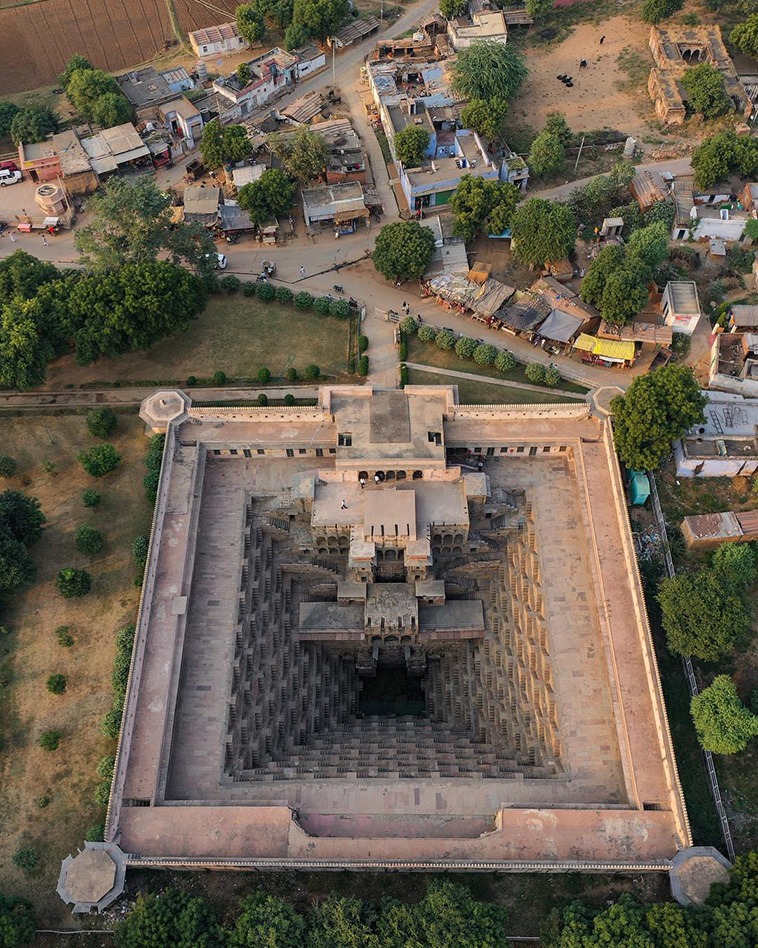
History Of Chand Baori
Chand Baori is named after Raja Chanda, a local ruler from the Nikumbh dynasty, under whose reign this masterpiece was likely commissioned.
Despite the lack of epigraphic evidence, the stepwell’s architectural features, which bear similarities to the terraced temples of Paranagar and Mandore, suggest that it was constructed in the 8th or 9th century.
The oldest parts of the well date back to the 8th century, and later, an upper palace structure was added by the Chauhan rulers.

Interestingly, the stepwell is believed to have been built before the nearby Harshat Mata Temple, a shrine dedicated to the goddess of joy, Harshat Mata.
The temple and stepwell together formed a complex where people could worship and rest.
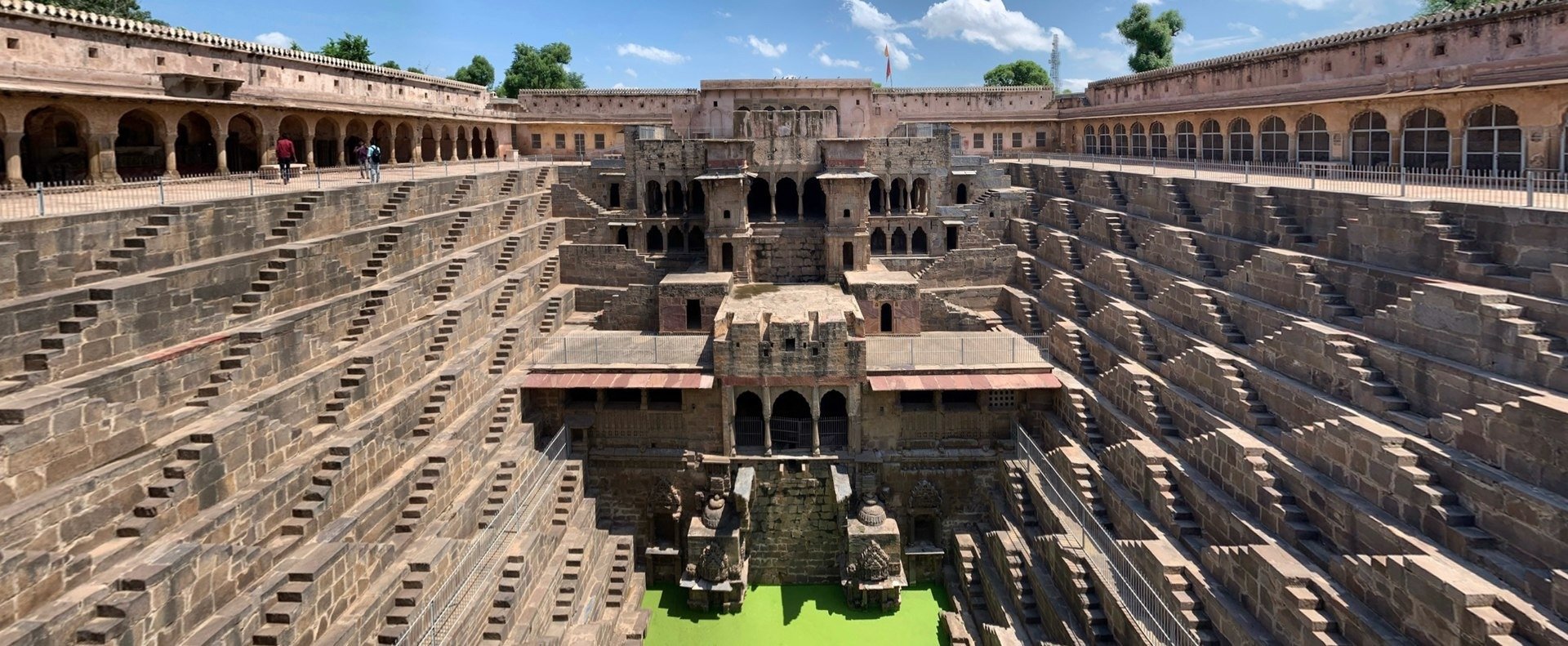
Over the centuries, Chand Baori has witnessed significant historical events.
The stepwell, along with the Harshat Mata Temple, suffered destruction at the hands of Mahmud Ghazni.
Later, the Mughals damaged many of the sculptures that once adorned the interior of Chand Baori.
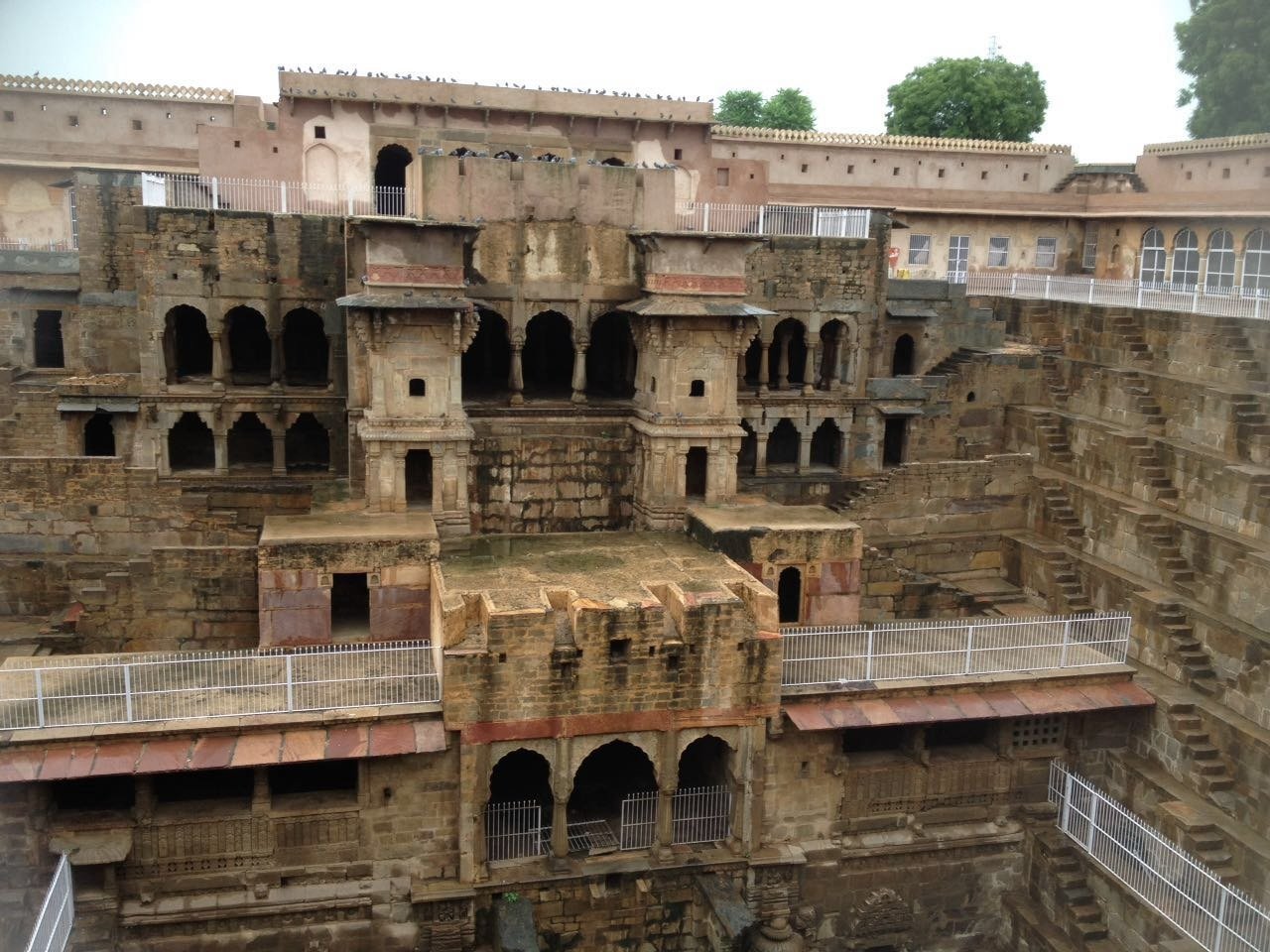
Chand Baori: A Marvel Of Ancient Indian Architecture
The stepwell is a four-sided structure.
Three sides feature a series of 3,500 diamond-patterned steps that form a geometric pattern.
The fourth side features pillared corridors and shrines.
The narrow steps, which zigzag down the 13 levels, create a mesmerizing visual effect.
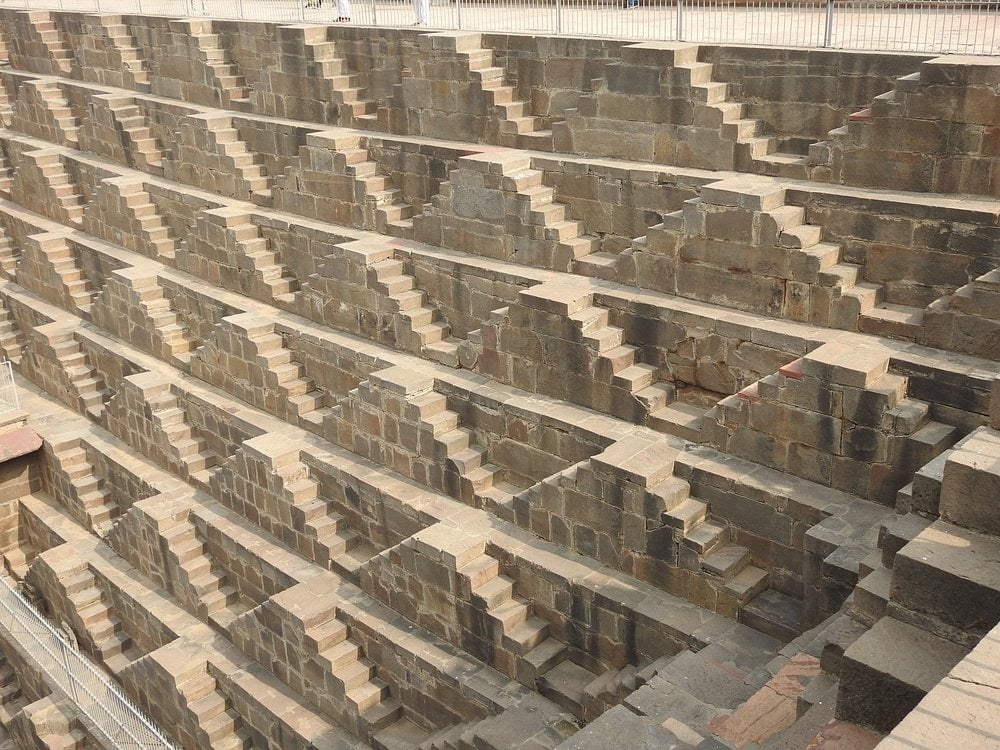
The stepwell was not just a functional water reservoir; it also served as a gathering place for the local community, especially during the scorching summer months.
The design of Chand Baori was particularly suited to the arid climate of Rajasthan, with the air at the bottom of the well remaining 5-6°C cooler than at the surface.
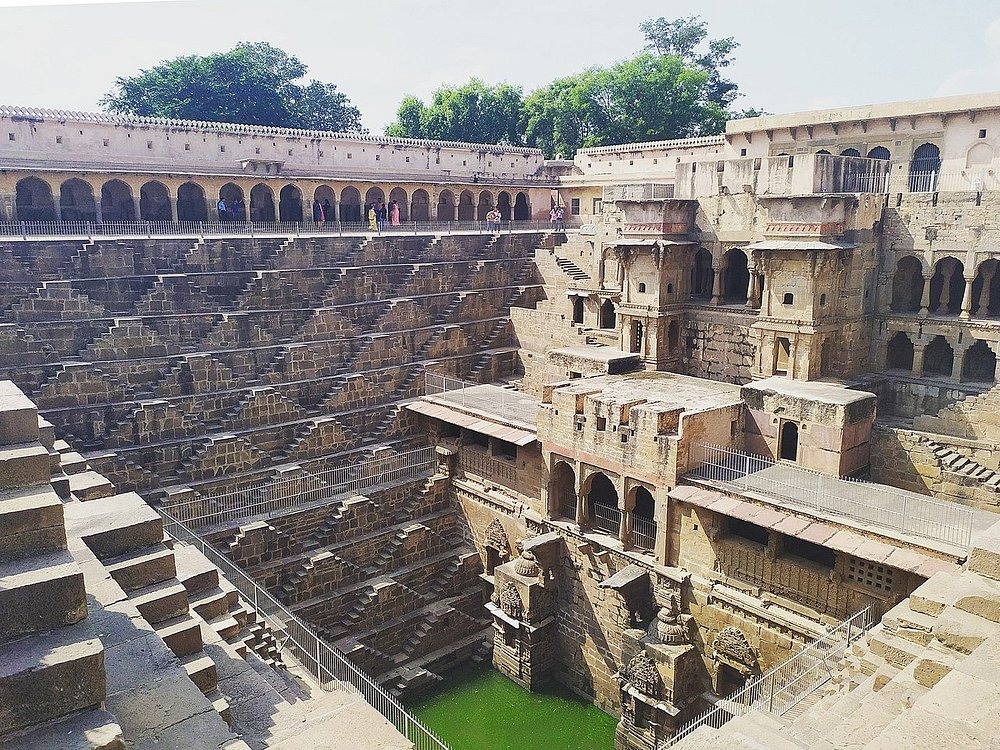
There are shrines with carved images of Hindu deities like Ganesha and Mahishasuramardini.
On one side, you can find a pavilion with restrooms for royalty.
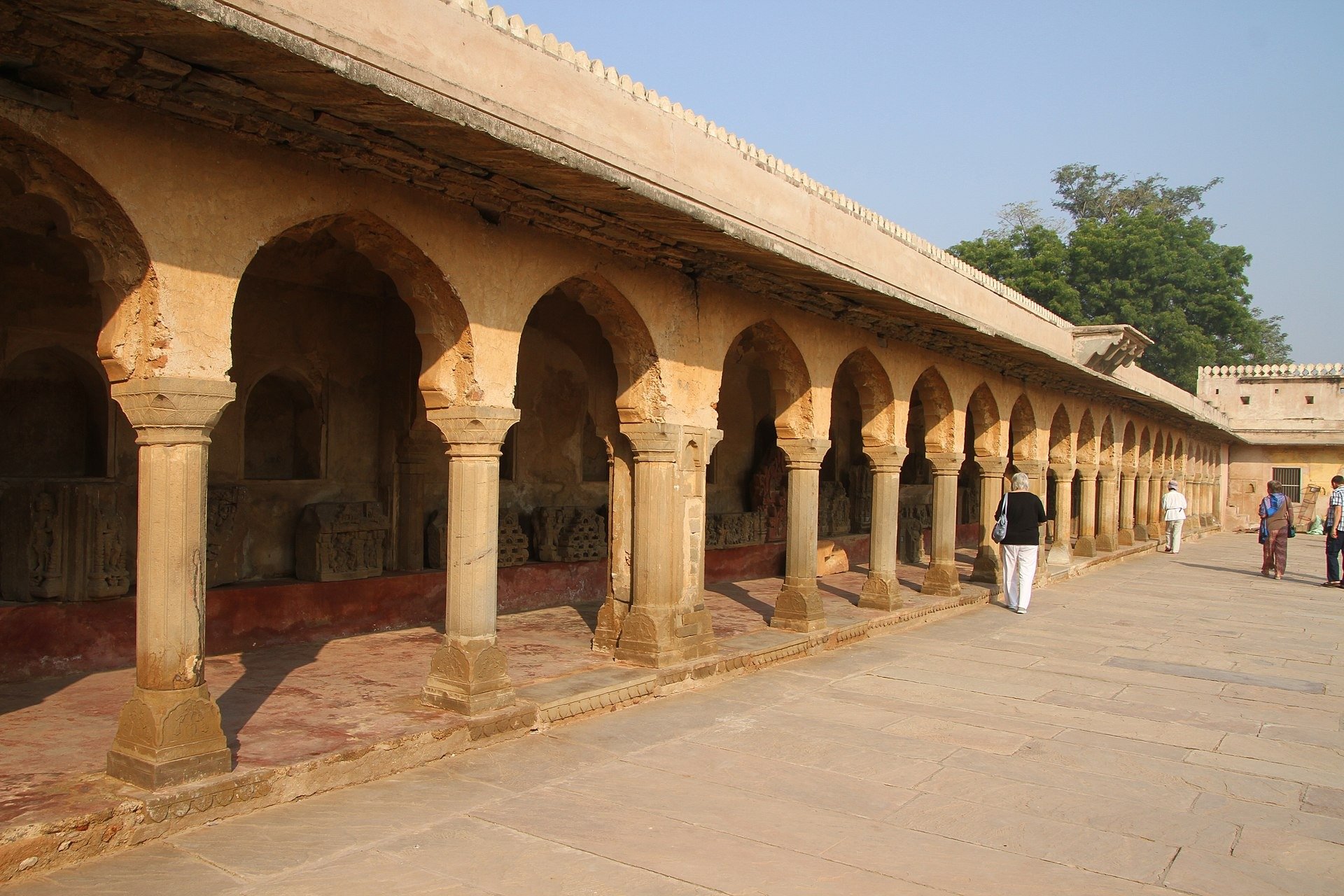
These rooms and corridors are adorned with carvings that depict various gods and goddesses, as well as other figures from Indian mythology.
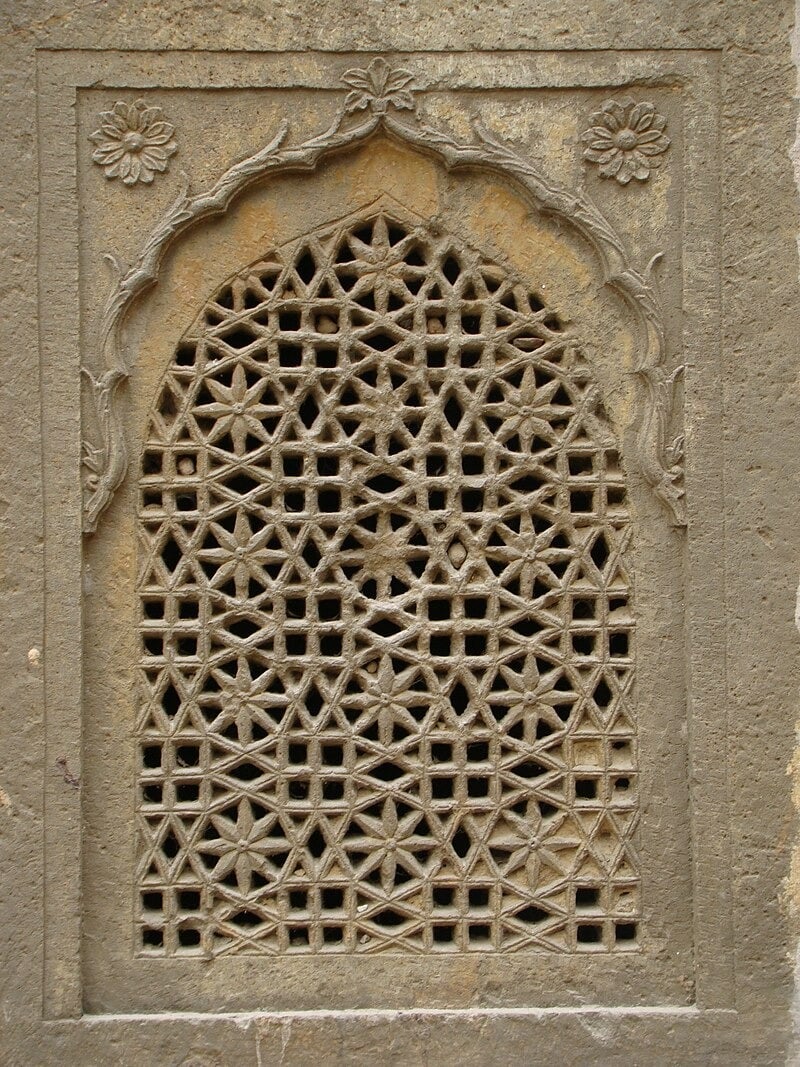
How Is Chand Baori Nowadays?
Today, the temple remains a place of worship, with some of its ancient carvings still intact.
Chand Baori has also found its way into popular culture.
The stepwell has been featured in several films, including the Hollywood movie ‘The Dark Knight Rises’, where its design inspired the creation of one of the movie’s sets.
